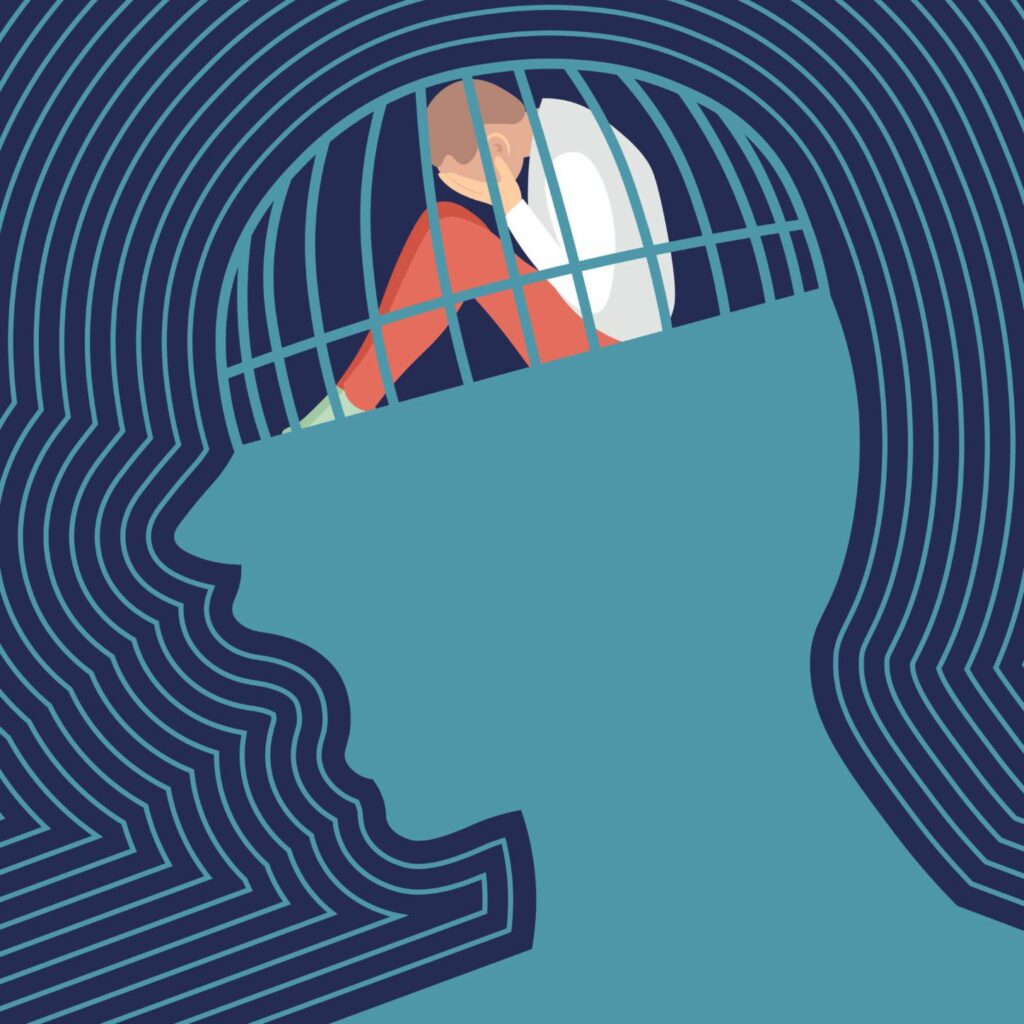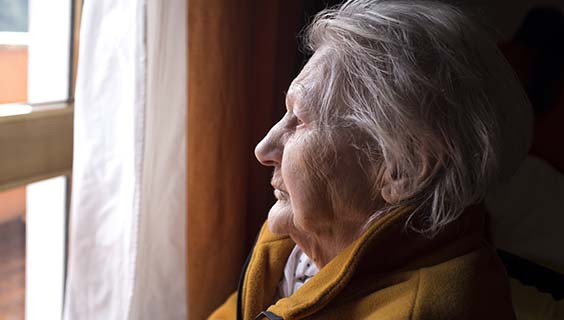If you’re feeling down, you may be tempted to think that you’re just going through a normal case of the blues. But what if your low mood lasts for weeks or even months? You might be dealing with subsyndromal depression, a lesser-known but still serious form of depression. Learn more about this condition in this blog
Contents
What is Subsyndromal Depression?

Subsyndromal depression is a type of depression that does not meet the criteria for major depression. However, people with subsyndromal depression still experience symptoms that can interfere with their daily lives. Symptoms of subsyndromal depression may include changes in sleep, appetite, energy levels, and concentration. People with this type of depression may also feel hopelessness and despair. While the symptoms of subsyndromal depression are not as severe as those of major depression, they can still be debilitating. Treatment for subsyndromal depression may include medication, therapy, or a combination of both.
Symptoms of Subsyndromal Depression

There are many signs of depression, but subsyndromal depression is characterized by a less severe form of the disorder. To be diagnosed with subsyndromal depression, you must have at least five of the following symptoms for at least two weeks:
Depressed mood most of the day
One of the most common symptoms of depression is a depressed mood. For people with this type of depression: this mood may be less severe than for people with major depression, but it still exists most of the time.
Loss of interest or pleasure in activities
People with subsyndromal depression may have a decreased interest in hobbies and activities that used to bring them joy.
Fatigue
Many people with subsyndromal depression feel tired all the time. This can make it difficult to get out of bed, concentrate on tasks, or take care of your regular responsibilities.
Changes in appetite or weight
People with this type of depression might lose weight or gain weight without having any change in their food intake or physical activity levels.
Difficulty concentrating
People with subsyndromal depression find it difficult to focus on anything for more than a few minutes at a time. This can make it difficult to complete tasks at work or school, and it can also keep you from completing projects you have started.
Thoughts of death or suicide
These are the most common thoughts of suicide in people with subsyndromal depression, but it is not limited to this group. Anyone who is experiencing these thoughts should seek professional help.
Constant depressive symptoms are often a sign of more severe disease. However, in some cases, these symptoms may be indicative of subsyndromal depression, a less severe form of the condition.
Causes of Subsyndromal Depression

There are many possible causes of subsyndromal depression, which is a less severe form of clinical depression. Some of the most common causes include :
Stress
One of the most common causes of subsyndromal depression is stress. The body responds to stress by releasing chemicals called hormones, which can lead to feelings of sadness, anxiety, and despair.
Substance abuse can also lead to feelings of sadness, anxiety, and despair. Abusing drugs or alcohol can increase your risk for depression, as can chronic traumatic encephalopathy (CTE), a condition caused by repeated head injuries.
Brain injury
Brain injury can cause a wide variety of symptoms, including mood disorders. If you have a brain injury, be sure to talk to your doctor about your symptoms and how they might be affecting your life.
Life stresses
Life stresses can also lead to feelings of sadness, anxiety, and despair. These stresses might include financial problems, family problems, or personal challenges. Also, chronic stress can lead to changes in the brain that can lead to depression.
Medications
Many medications can cause this type of depression, including antidepressants and antipsychotics. It’s important to be aware of the potential side effects of any medication you’re taking and to speak with your doctor if you experience any symptoms of depression.
How is Subsyndromal Depression Diagnosed?
The diagnosis of subsyndromal depression is typically based on the history and clinical assessment of the person. Possible signs and symptoms of this type of depression may include feelings of sadness, emptiness, hopelessness, difficulty concentrating, changes in appetite or weight, fatigue, and feelings of guilt or worthlessness. A doctor may also perform a mental status examination to look for signs of impaired thinking, memory difficulties, or mood swings.
The diagnosis can be through standard diagnostic procedures such as a mental status examination and a review of medical history. However, if the person has symptoms that suggest bipolar disorder, then the Diagnostic and Statistical Manual of Mental Disorders, Fifth Edition (DSM-5) criteria for bipolar disorder should be used to make the diagnosis.
It also may be helpful for the doctor to rule out other possible causes of the symptoms, such as major depression or another mental disorder. If the person has a history of suicide attempts or psychiatric hospitalization, then this should be taken into account when making the diagnosis.
Treatment for Subsyndromal Depression

If you’re struggling with this type of depression, know that you’re not alone. Many people live with this condition and go on to lead happy, healthy lives.
There are treatments available that can help you feel better. Talk to your doctor about your options. You may need medication, therapy, or a combination of both. With treatment, you can start to feel like yourself again.
Medications
One of the most common forms of treatment for subsyndromal depression is medication. Medications can help to lift your mood and improve your quality of life.
There are a variety of medications available that can work well for subsyndromal depression. Your doctor will likely choose the medication that’s best for you, based on your symptoms and other factors.
Medications can be effective in treating both the short- and long-term symptoms of subsyndromal depression. They can take a few weeks or months to work, but often provide relief from symptoms for some time.
Therapy
Another common form of treatment for this type of depression is therapy. Therapy can help you learn how to cope with your symptoms and better manage stress in your life.
Therapy can be individual or group based. It may be delivered in a clinic or at home. The therapist will work with you to develop a treatment plan that’s tailored to your needs.
In some cases, therapy may be all that’s necessary to improve your quality of life and feel better overall. However, therapy may not be the only option available to you. Your doctor may also recommend additional treatments, such as medication or counseling.
Self-Care
Another important part of treatment for subsyndromal depression is self-care. Self-care involves taking care of yourself, both physically and emotionally.
Physical self-care can include things like exercise and relaxation techniques. Emotional self-care can include coping skills and support systems.
Taking care of yourself is important not only for your health and well-being but also for the health of your relationship with your doctor. When you’re feeling better, you’re more likely to be able to participate in treatment and improve your quality of life.
Conclusion
Subsyndromal depression is a type of depression that does not meet the criteria for a major depressive disorder. However, people with subsyndromal depression still experience symptoms that can interfere with their daily lives.
If you’re struggling with depression, it’s important to seek professional help. However, if you’re experiencing this type of depression, there are still things you can do to improve your mood and quality of life. Identifying the symptoms of subsyndromal depression is the first step in getting the help you need. If you’re experiencing any of the symptoms we’ve discussed in this article, reach out to a mental health professional for guidance. With proper treatment, you can start feeling better and get back to enjoying your life.
Hope this article was of help to you! If you are suffering from mental health disorders, you may seek help from Therapy Mantra. We have a team of highly trained and experienced therapists who can provide you with the tools and skills necessary for overcoming mental health disorders. Contact us today to schedule an online therapy or download our free Android or iOS app for more information.


